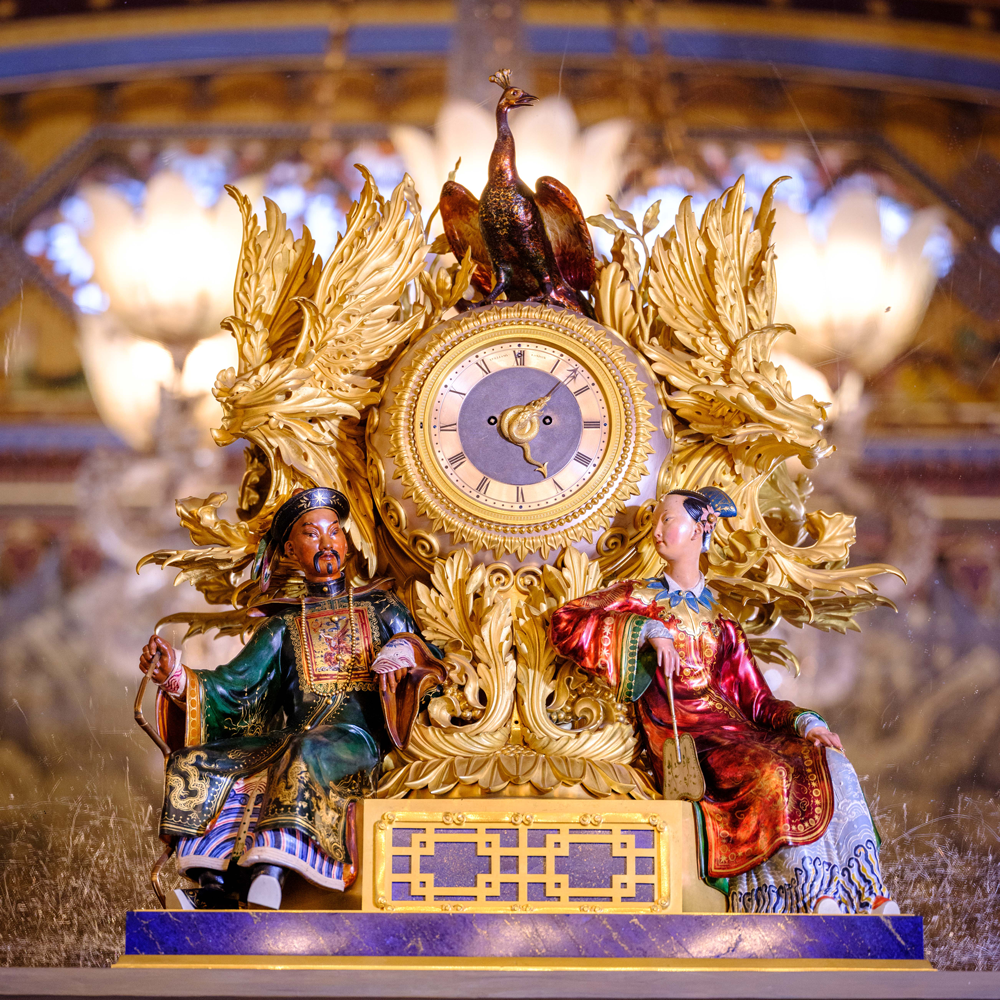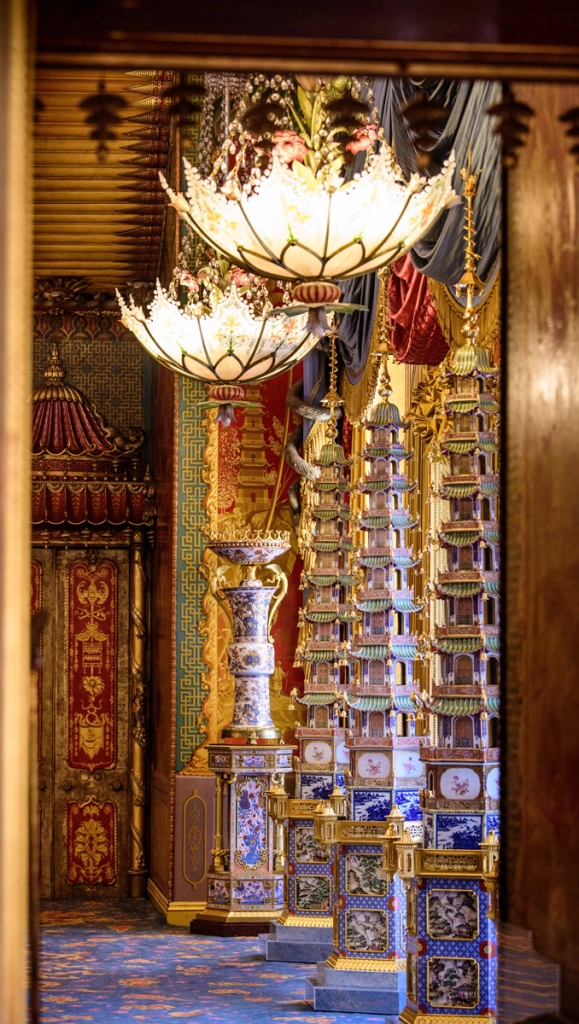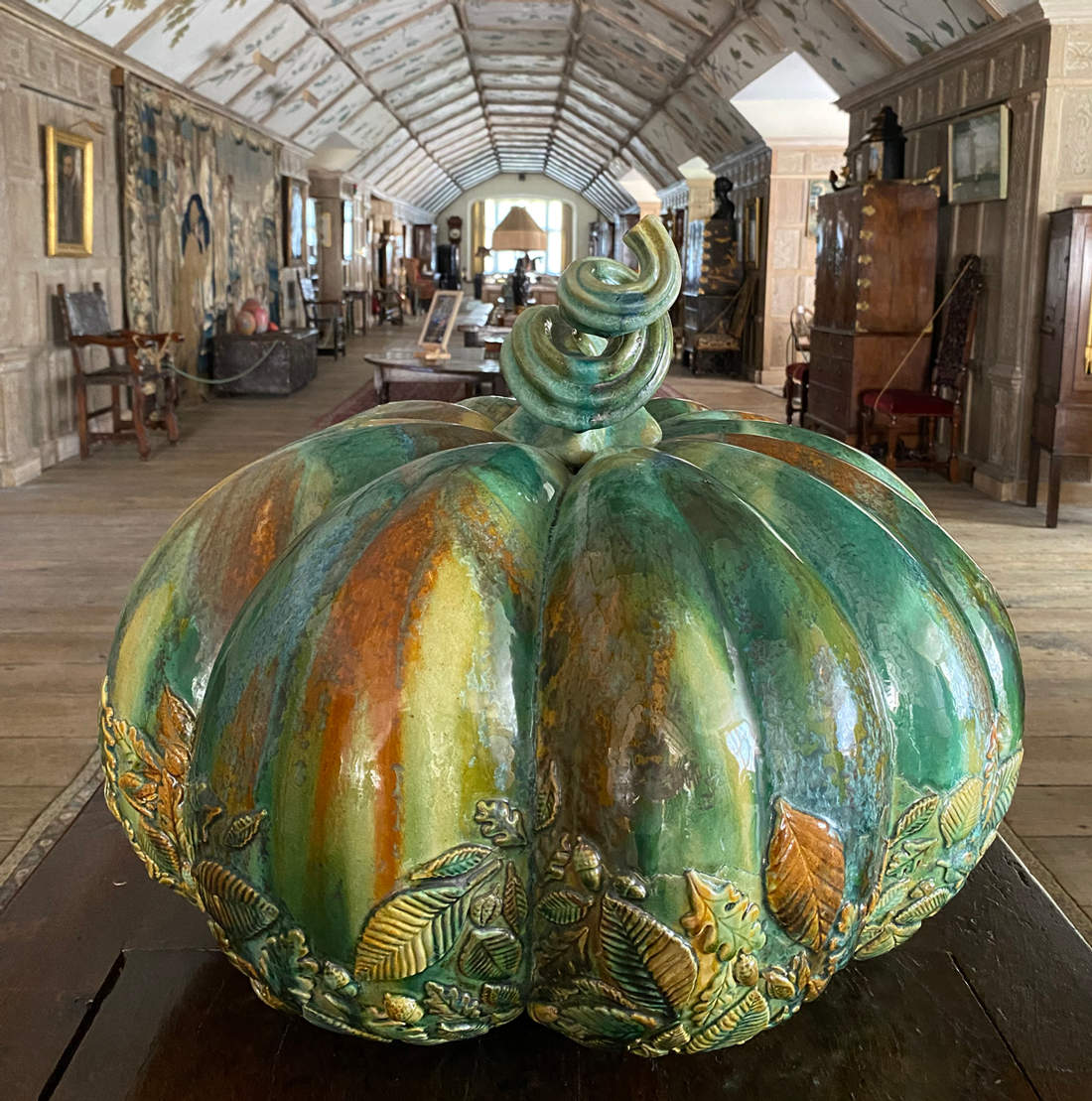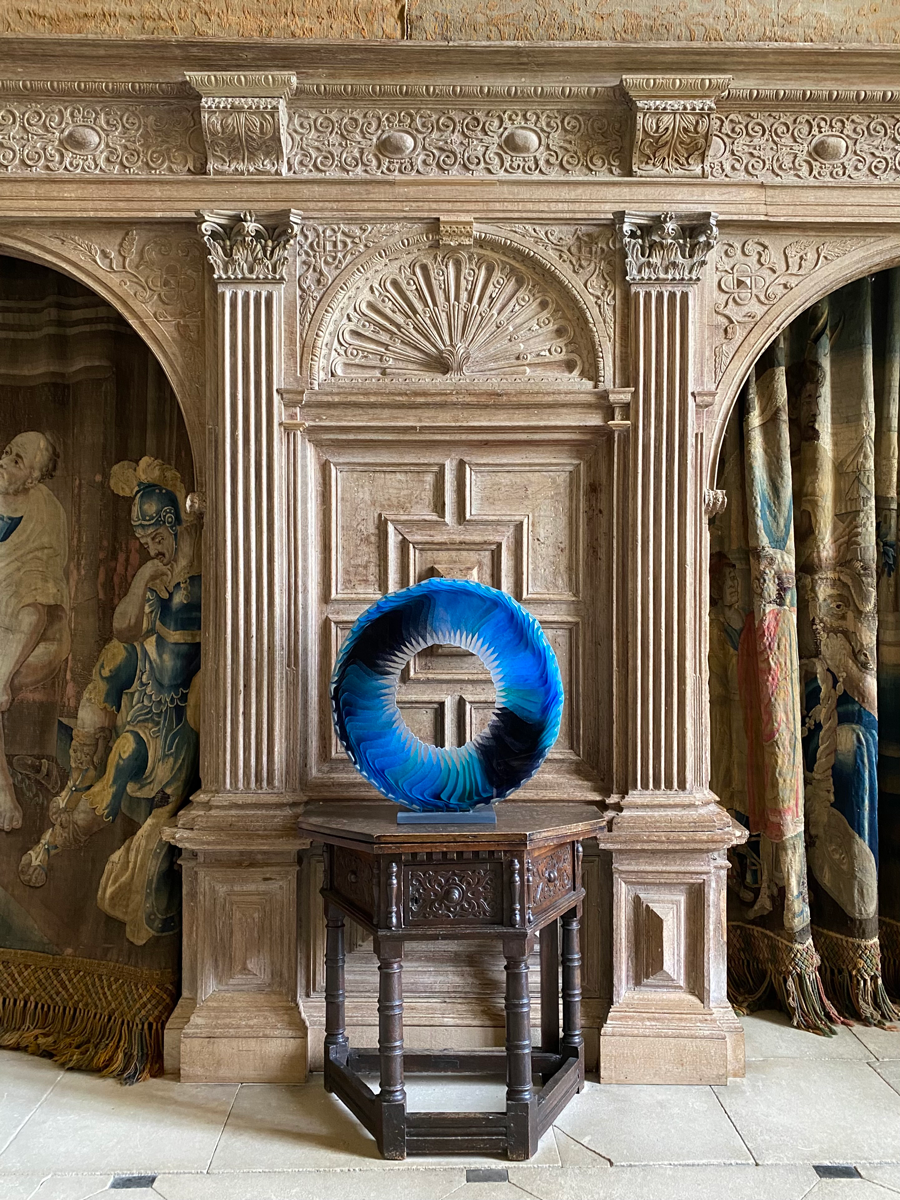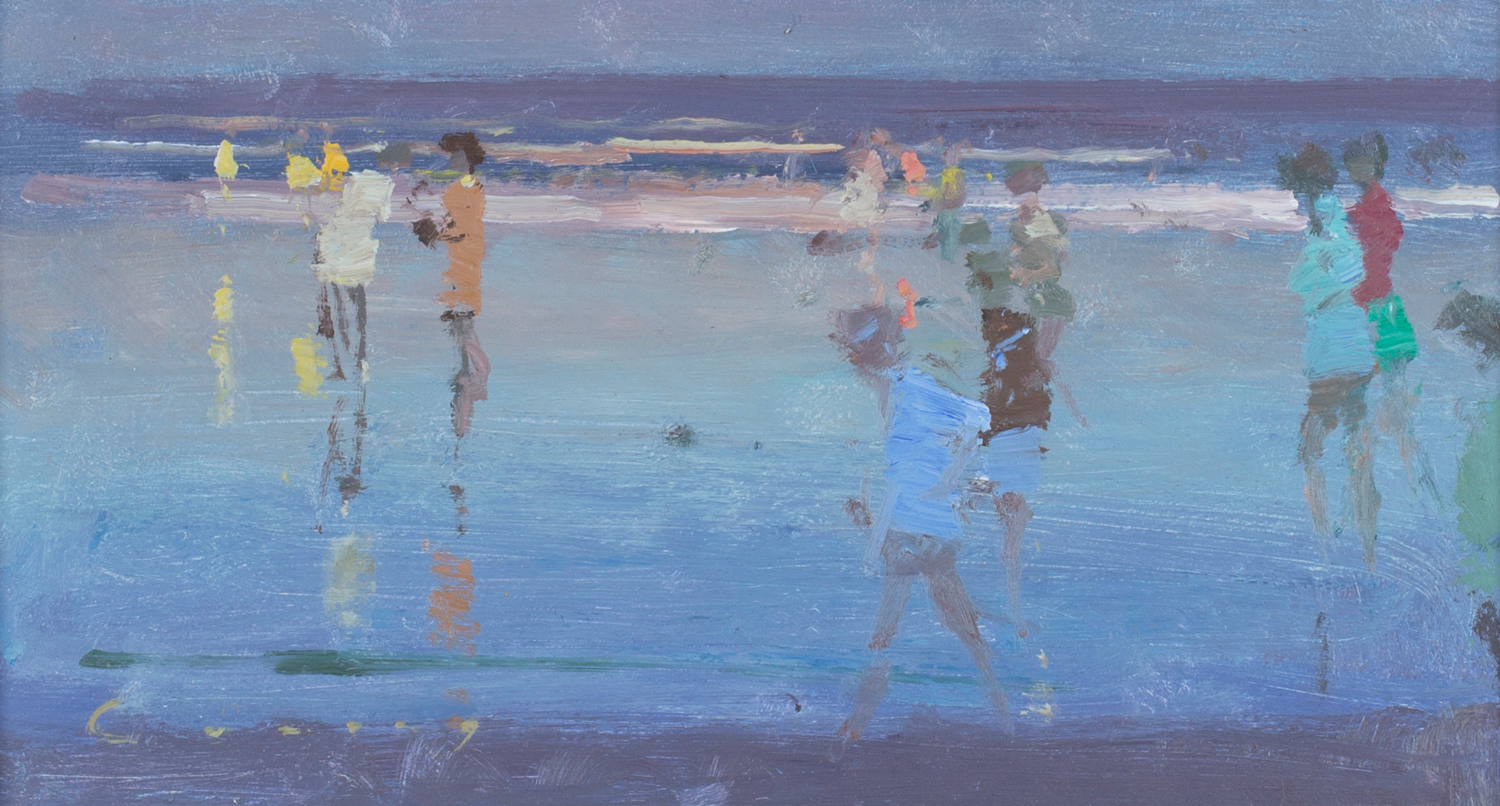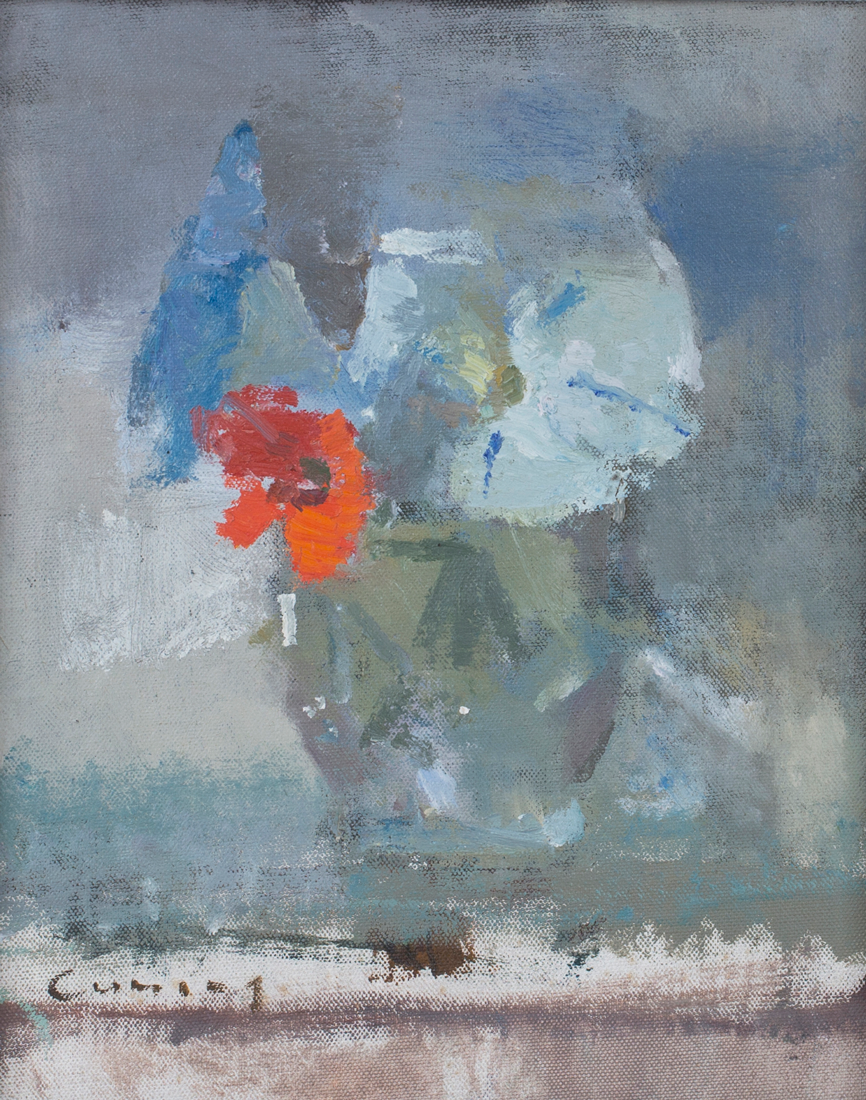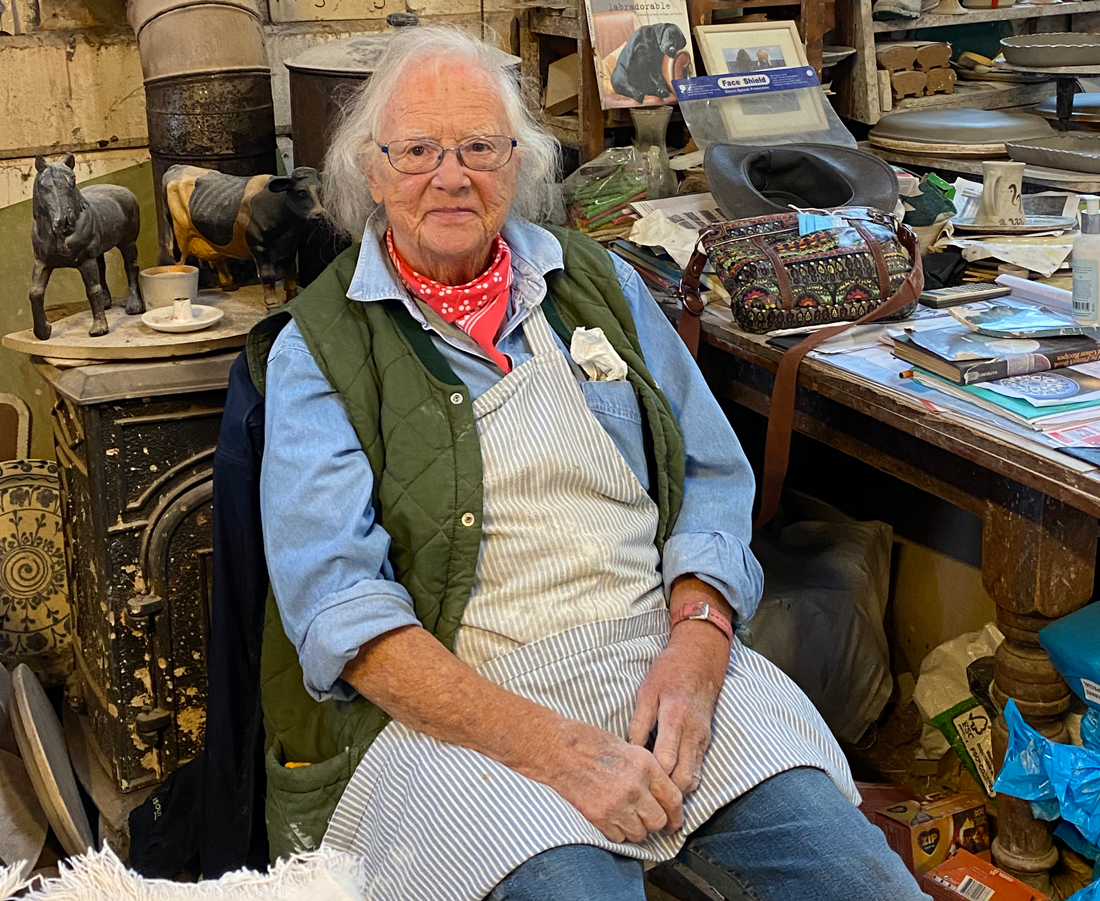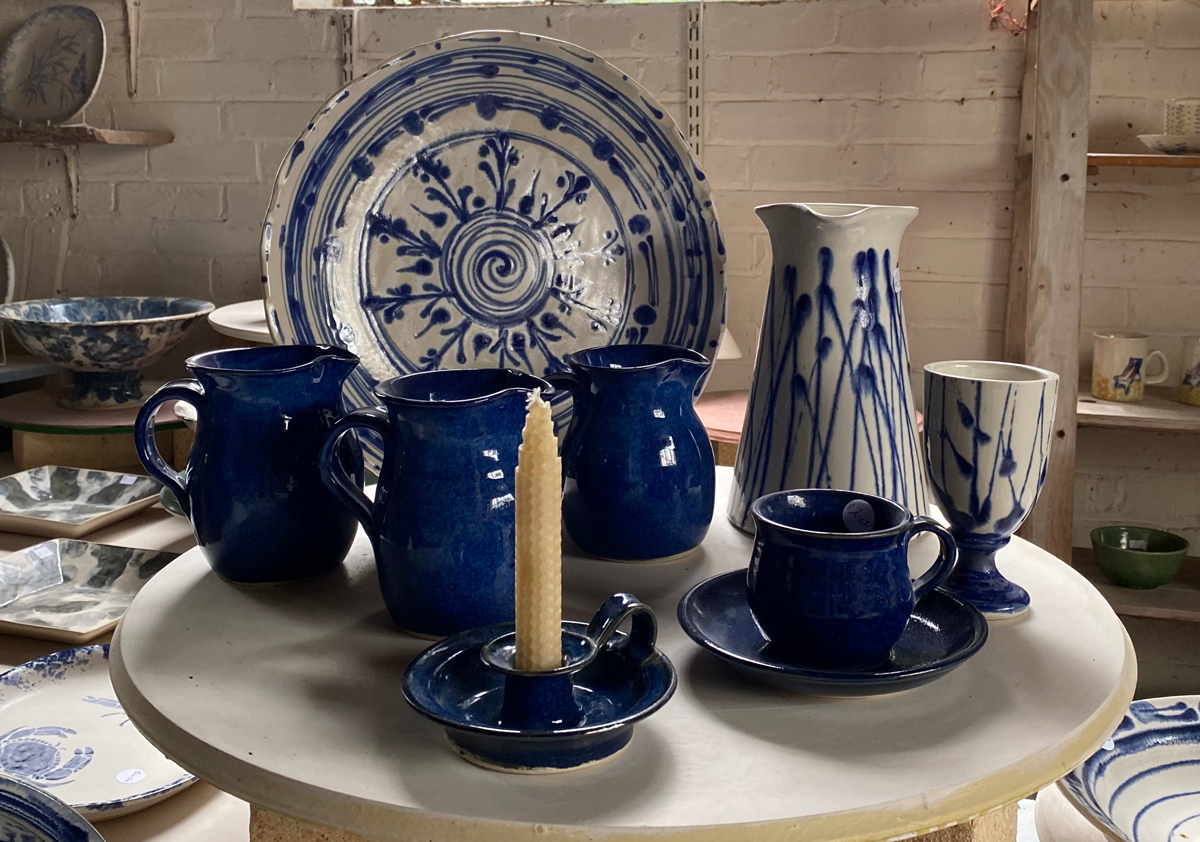
There is a joy in catching up with those we have missed as things continue to open up. I am delighted to find Pauline McBride in good spirits as she welcomes us to the beautiful, expansive gardens which she and her husband Paul have designed and created at Morlands Farm, Henfield It is a stunning prairie garden in the heart of Sussex.
I never cease to be delighted by the way that the garden invites you into itself. Wherever you are your eye is met by stunningly conceived views with layered perspective created by the big spiral design. Pathways lead you from the mown grass promenades through the borders. The Deschampsia cespitosa ‘Goldtau’ grasses with their gossamer like flower plumes have matured into a warm golden colour which contrast with the Echinaecea and the strong vertical of the Verbena Bonariensis. As you brush against the plants, the fragrance, touch and colours are a sensory experience. You have a real sense of inhabiting. As the garden enfolds you it takes on a life of its own.
Your eye is captured not only by the scale but also by the beautifully conceived vignettes – compositions formed of plants – which reveal themselves as you process around the garden.
The naturalistic planting belies the underpinning of the generous discipline of their design. Pauline and Paul’s lifetimes work as international designers is distilled into the poetry and rhythm of the planting.
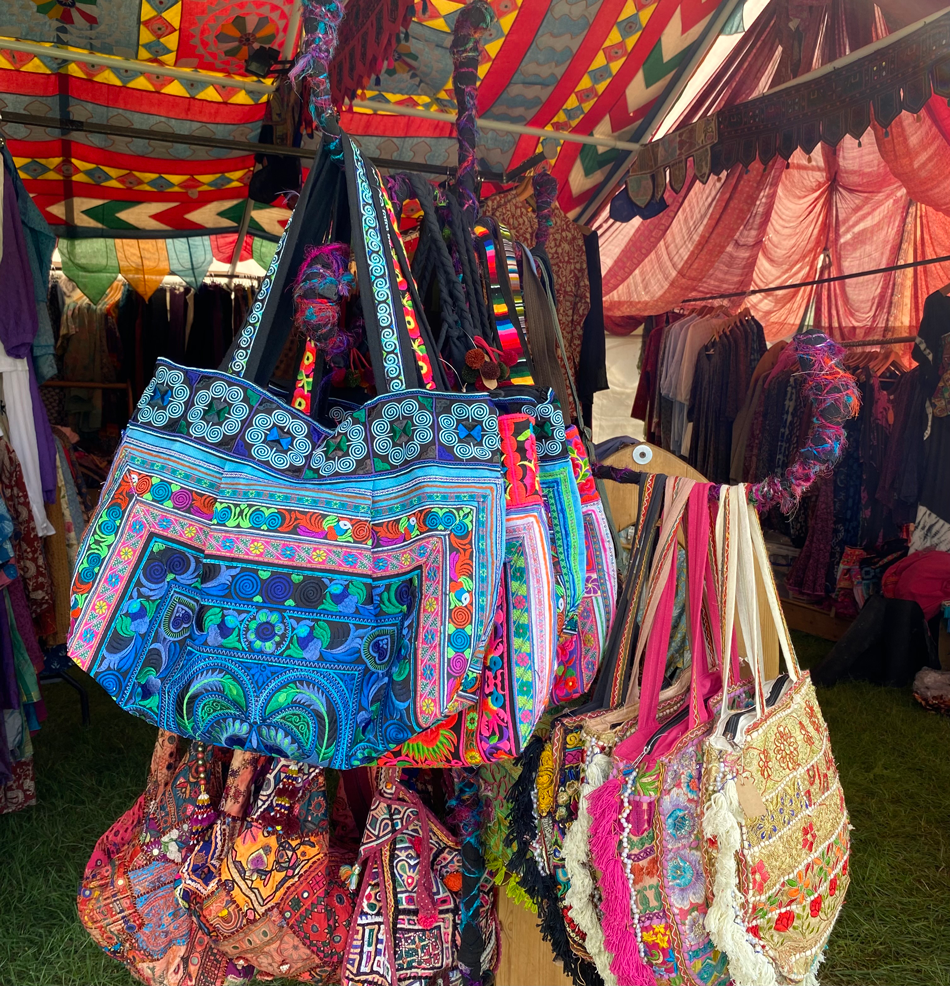
As I walk through the gardens I come across a series of marquees being filled with exotic clothes in cottons and vintage sari silk, semi-precious designer jewellery, scarves, home furnishings and gifts – all ethically traded from India and for sale. This bazaar is at the heart of a month long festival supported by dance, food and talks. It runs until Saturday 4th September
Paul and Pauline first opened the Sussex Prairie Garden to the public back in 2009 and ever since they have worked to provide a platform to bridge garden enthusiasts to leading specialists
Preparations are underway for the Unusual Plant and Garden Fair. Pauline explains “We invite a great selection of specialist nurseries with their wonderful plants – it’s rare to find so many specialist plants men and women in one place, it’s a real day out!” This plant fair will be held on Sunday 5th September 2021, 10am to 5pm.
The Sussex Prairie Garden is the perfect place to meet and catch up with friends. This beautiful garden is open most days and you can take your dog. To find out more about Sussex Prairie Garden, Morlands Farm, Wheatsheaf Road, Henfield, West Sussex, BN5 9AT, opening times, these and other events visit www.sussexprairies.co.uk.
